This post is by my buddy, Jeff Koterba –Daryl
 By now, even many who don’t normally pay attention to inside-journalism stories, have taken notice of the recent decision by The New York Times to cut all editorial cartoons from their international edition. In recent weeks, friends and strangers have messaged, and have even stopped me at coffee shops in Omaha, the city where I draw cartoons for The Omaha World-Herald, to express their frustration at the news.
By now, even many who don’t normally pay attention to inside-journalism stories, have taken notice of the recent decision by The New York Times to cut all editorial cartoons from their international edition. In recent weeks, friends and strangers have messaged, and have even stopped me at coffee shops in Omaha, the city where I draw cartoons for The Omaha World-Herald, to express their frustration at the news.
The fact that readers, even in the Midwest, are vexed about what’s going into the pages of an international newspaper is somehow heartening. But angst, alone, won’t bring back cartoons to countless readers abroad.
Not all that long before this latest unfortunate news, the U.S. edition of the Times would run a weekly roundup of editorial cartoons in their Sunday Review section. In the years before my work was picked up for syndication, I would submit to The Times my latest work. Much of my excitement came in anticipation of going to a local convenient mart to pick up the Sunday Times. But, of course, nothing compared to the exhilaration I felt on those rare occasions when I would open the paper and discover that the editors had chosen one of my drawings. I felt validated, but more so, I felt connected to something bigger…to the “Great Conversation,” as a friend of mine likes to say about weighing in on current events.
The weekly roundup would eventually go away, replaced by a long-form editorial comic. It broke my heart to know that I would never again see my work reprinted in the Times. But I moved on and eventually moved—to Austria. It was during a nearly two year stay in Innsbruck, while drawing remotely for my newspaper in Omaha—that I fell deeply, madly, in love with The International New York Times. Founded in the late 1880’s as The Paris Herald, the newspaper changed owners and names several times before settling on its current moniker in October of 2013. A few months later I found myself drawing from the Alps, a guy from Omaha who had never lived elsewhere and knew almost no German.
The International New York Times allowed me to once again feel connected to something greater than myself. As I took trains throughout Europe, I always—ALWAYS—made sure I had that wonderful friend along for the ride, with its broadsheets like a large bird’s wings, it’s news from around the world, and yes, with its own editorial cartoons.
What a joy to visit an old-fashioned newsstand in Paris and find that beautiful, familiar, New York Times logo peeking out beyond all the French-language publications! Or to linger over her pages at a café in Rome, sipping espresso. And again, to read those cartoons.
Those cartoons were my dessert. And I savored every inked line.
 Back stateside this past spring, I was on an early flight from Tucson to Phoenix. Before taking off I’d already spread open that day’s New York Times. Next to me, a young lady began laughing and pointing at my newspaper. I studied the page facing her trying to figure out which article she found to be so funny. Perplexed, I finally asked.
Back stateside this past spring, I was on an early flight from Tucson to Phoenix. Before taking off I’d already spread open that day’s New York Times. Next to me, a young lady began laughing and pointing at my newspaper. I studied the page facing her trying to figure out which article she found to be so funny. Perplexed, I finally asked.
“That,” she said, motioning to indicate the entire newspaper. “You’re reading one of those.”
The young lady in question was smart and well-spoken. When I asked if she reads newspapers, she again laughed and said, “Never.”
“Have you ever even held a newspaper?” I asked.
“Nope.”
“Would you like to try?”
I handed her a section of the newspaper, and after she fumbled around, trying to figure out exactly how to fold the pages to make it more convenient to read, she fell silent. For a moment I thought perhaps she’d fallen asleep. Instead, she was deeply immersed in…reading. I almost told her that I was a cartoonist, but didn’t. I did, however, imagine her one day traveling abroad, perhaps stopping by a newsstand at a train station in Berlin, and noticing The International New York Times. Maybe she would pick up a copy, and just maybe she would read an editorial cartoon and feel connected to something greater.
Jeffrey Koterba’s award-winning cartoons are distributed by Cagle Cartoons. In 2010, two of his original drawings flew aboard space shuttle Discovery. In his TEDx talk Jeff discusses the link between Tourette Syndrome, vulnerability, and creativity. E-mail Jeff.
Please support us to keep Cagle.com free and keep the endangered editorial cartoons coming! Visit Cagle.com/Heroes! We need your support!
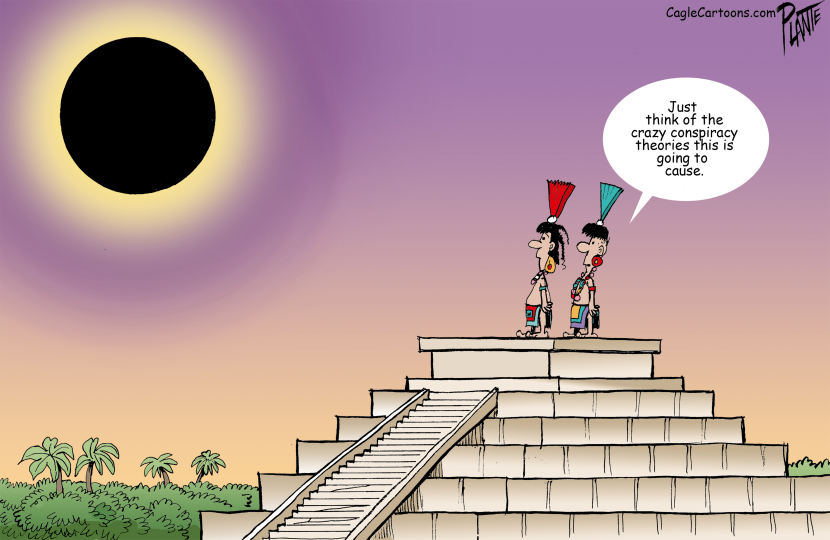
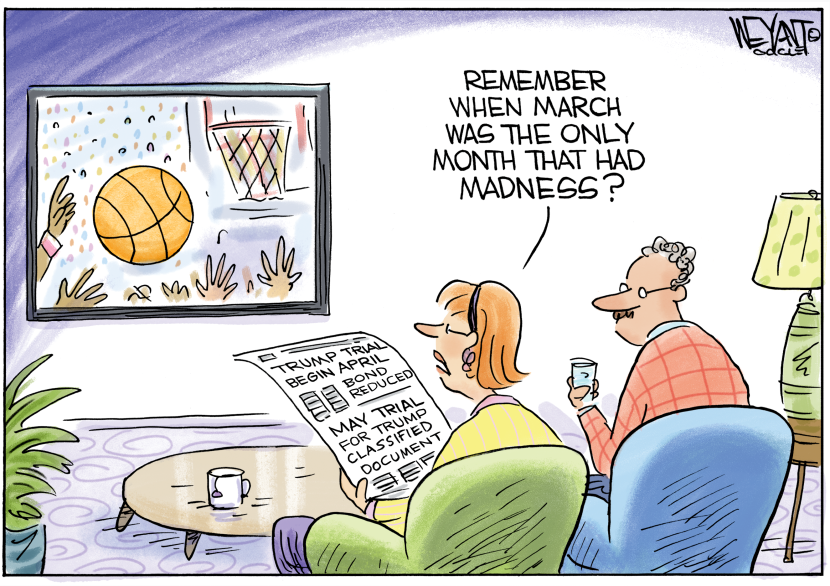

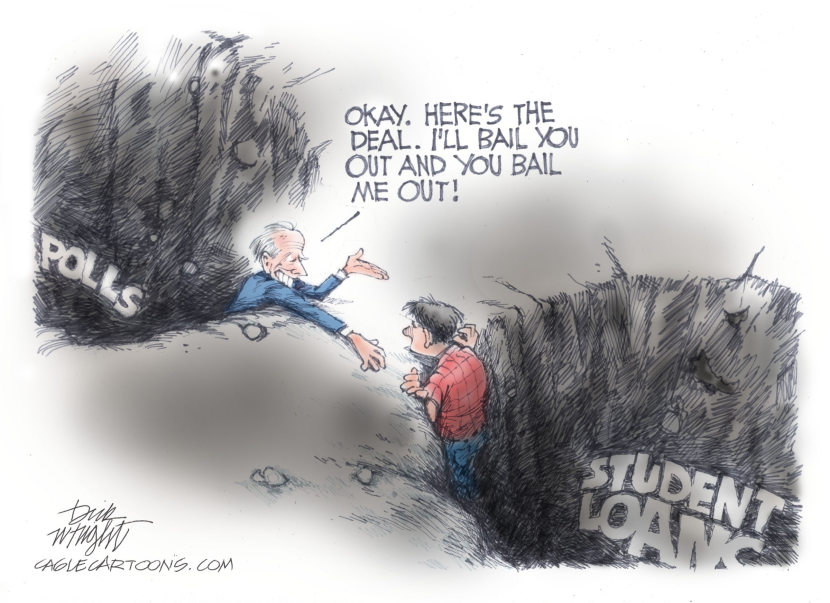
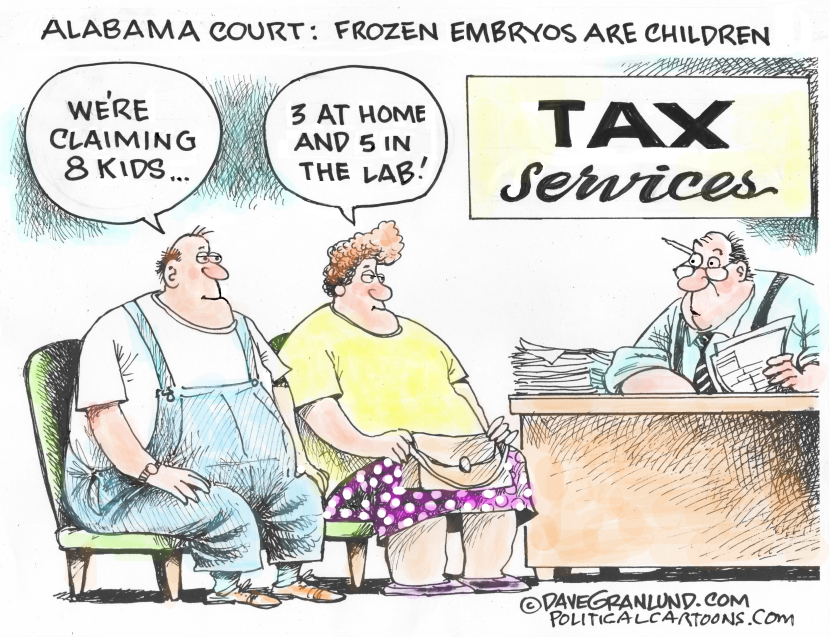
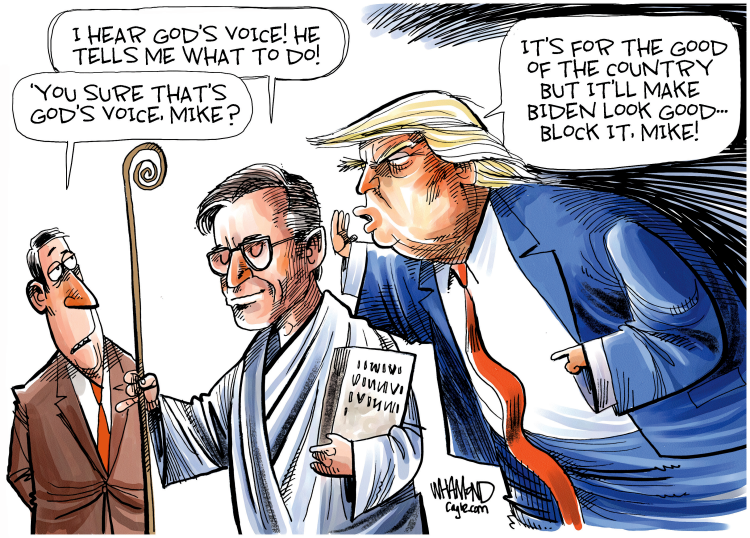
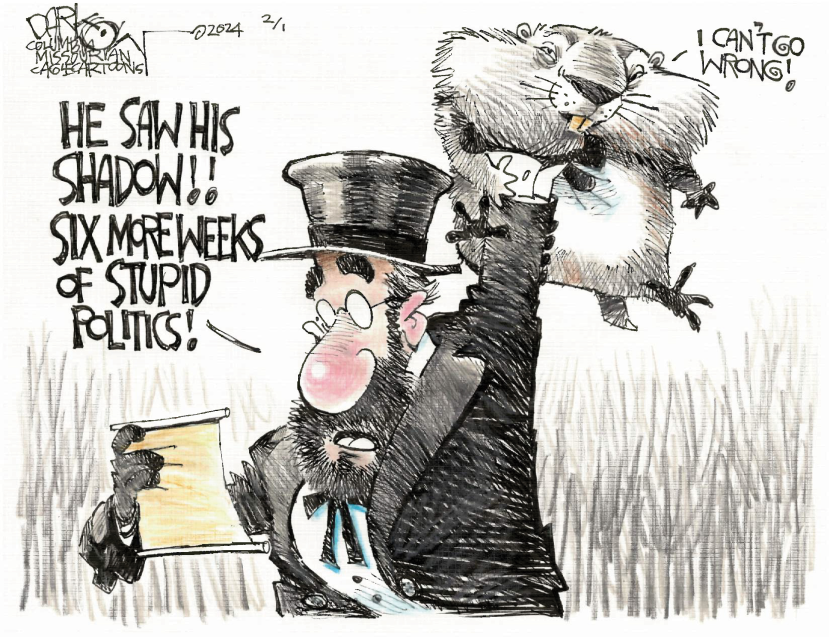
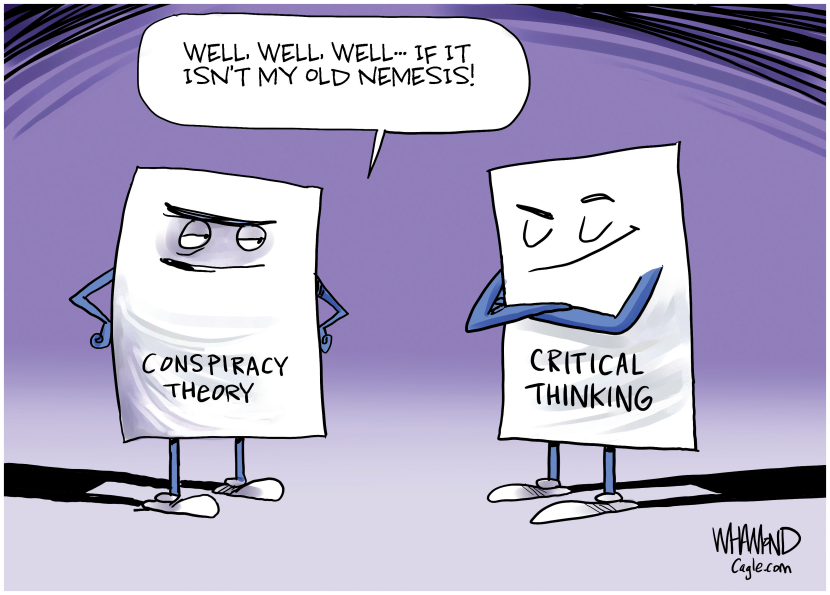
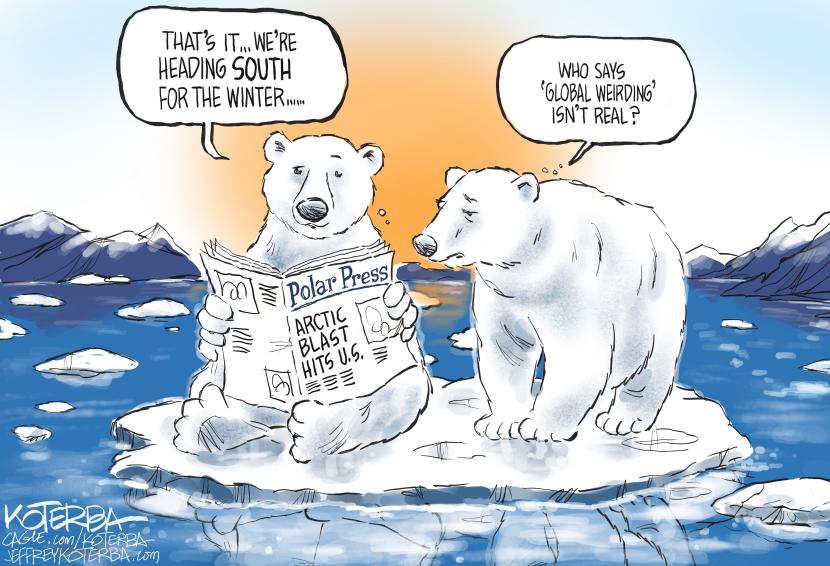

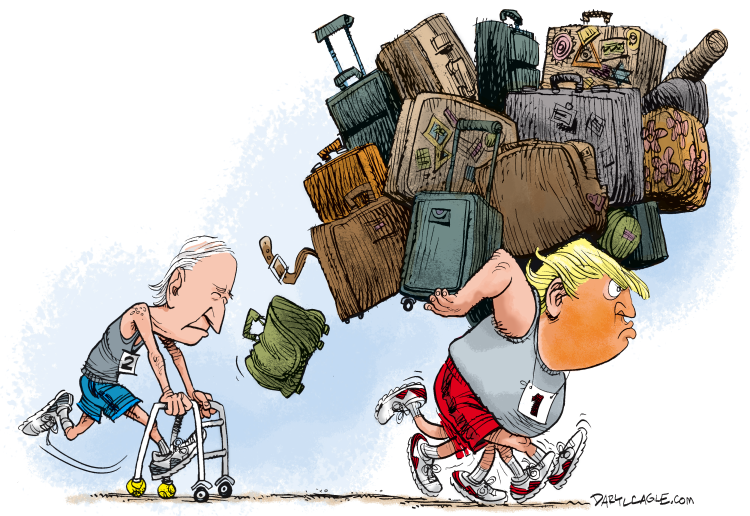


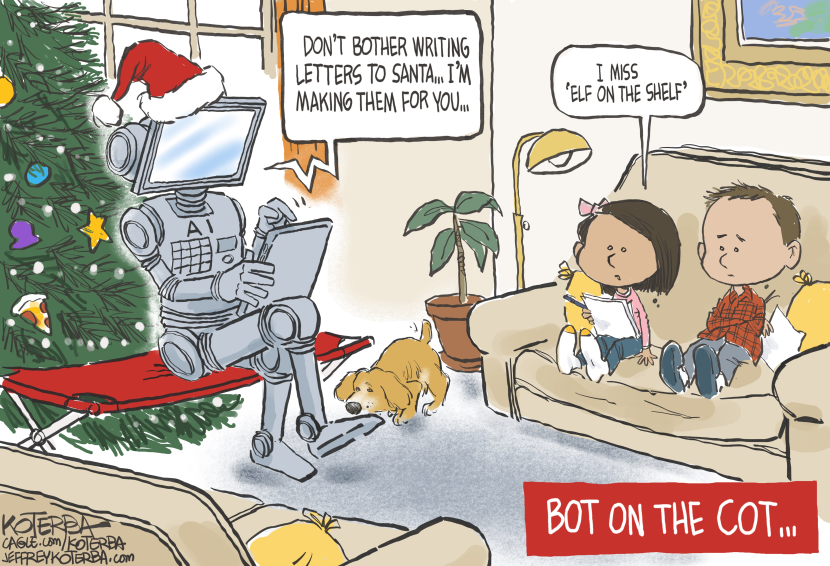
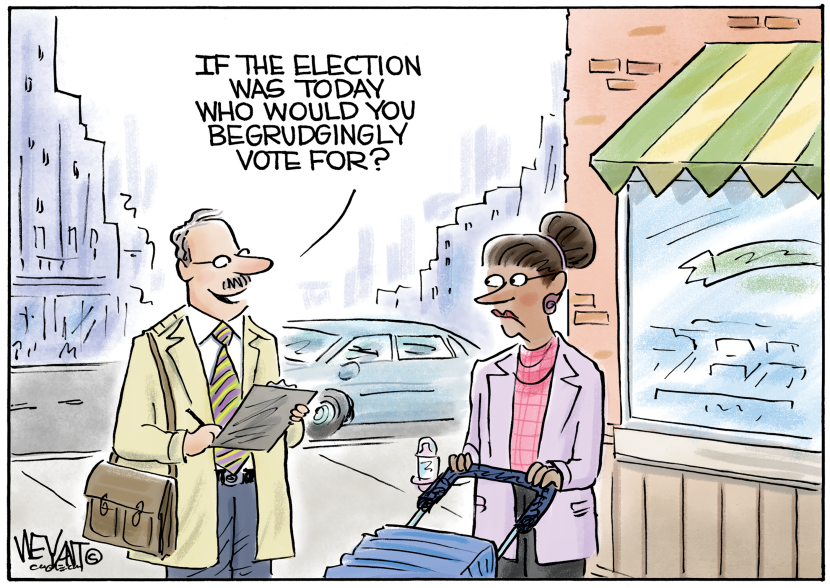

 Our troubled editorial cartooning profession has been losing employee positions in roughly the same proportion as all newsroom jobs lost over the past couple of decades. Journalism has become a freelance profession, and so has editorial cartooning. Three of our CagleCartoonists recently lost their jobs,
Our troubled editorial cartooning profession has been losing employee positions in roughly the same proportion as all newsroom jobs lost over the past couple of decades. Journalism has become a freelance profession, and so has editorial cartooning. Three of our CagleCartoonists recently lost their jobs, 



















